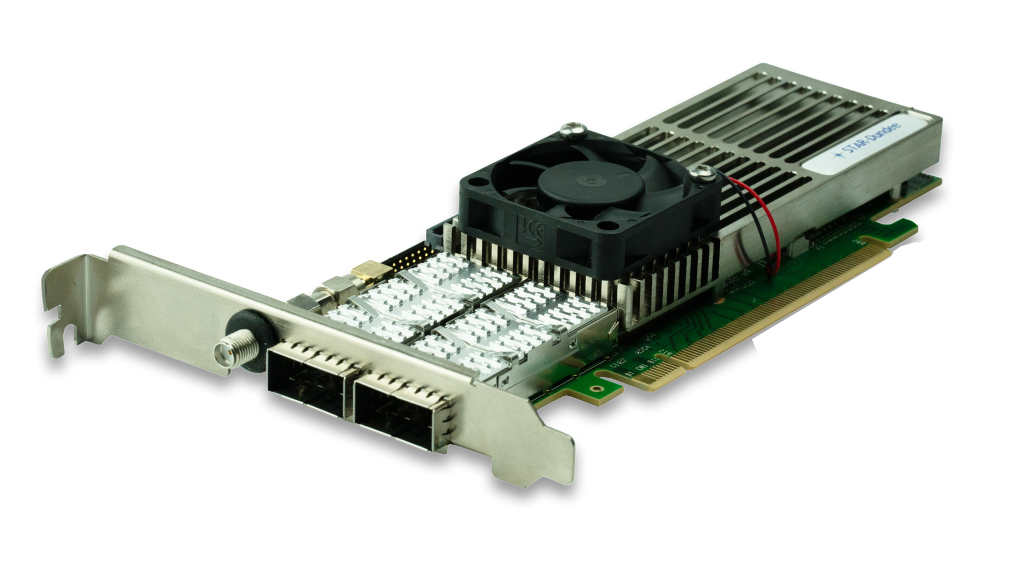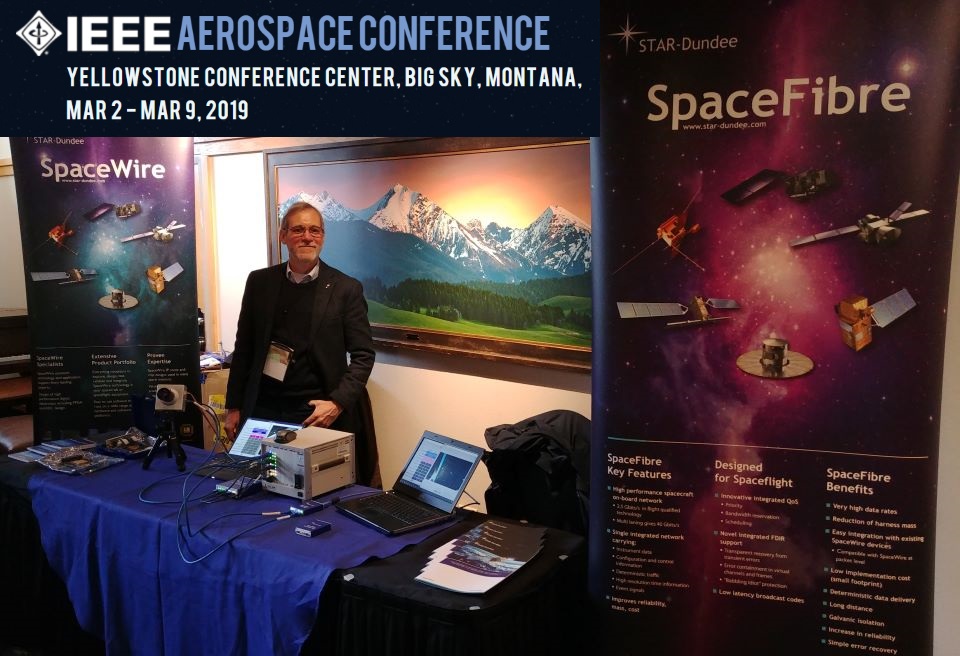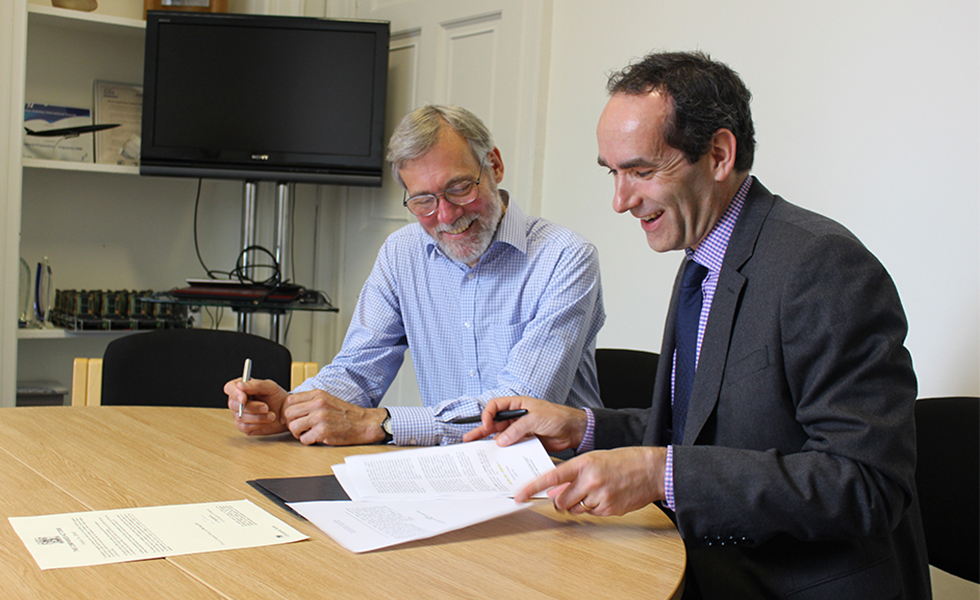Our SpaceFibre test and development product range has recently been expanded with the introduction of the STAR-Ultra PCIe Single-Lane Router. An 8-lane Gen 3 PCI Express board with eight single-lane SpaceFibre ports, each operating at up to 6.25 Gbit/s, and a high-speed interface to the host PC, the STAR-Ultra PCIe Single-Lane Router is capable of packet transfer between the host PC and the routing switch at data rates well in excess of 10 Gbit/s in both directions simultaneously. The switch itself has an effective user data rate (bisection bandwidth) of approximately 50 Gbit/s.
At the heart of the STAR-Ultra PCIe Single-Lane Router is a SpaceFibre routing switch with twelve ports:
- Port 0 is the configuration port which can be accessed from any port of the SpaceFibre routing switch, permitting remote configuration, control and monitoring of the switch.
- Ports 1 to 8 are the eight SpaceFibre ports, each with eight virtual channels.
- Ports 9 and 10 are internal ports, each with eight virtual channels which are connected to a multi-channel host interface. This multiplexes the many individual streams of data over a PCIe Gen3 x8 lane interface, providing the high-speed interface to the host PC.
- Port 11 is an internal port, used as a control channel interface, allowing the host PC to configure, control and monitor the SpaceFibre routing switch over the PCIe bus.
A new version of our other, existing STAR-Ultra product, the STAR-Ultra PCIe Interface, is also being released. The STAR-Ultra PCIe Interface is a SpaceFibre Interface device which provides two ports, with up to 4 lanes on each port. Among the many improvements, this new release features links with a configurable number of lanes, making it easy to communicate with SpaceFibre devices with single-lane or multi-lane interfaces, ensuring compatibility with various lane configurations.
A comparison of some of the key features present in the two products is shown in the table below.
| Product | STAR-Ultra PCIe Interface | STAR-Ultra PCIe Single-Lane Router |
|---|---|---|
| Interface or Router | Interface | Routing Switch |
| Number of Ports | 2 | 8 |
| Lanes per Port | Up to 4 | 1 |
| Virtual Channels per Port | 8 | 8 |
| Lane Data Signalling Rate | 1, 1.25, 1.5, 1.875, 2, 2.5, 3, 3.125, 3.75, 5, 6, 6.25, 7.5 Gbit/s | 1, 1.25, 1.5, 1.875, 2, 2.5, 3, 3.125, 3.75, 5, 6, 6.25 Gbit/s |
| Link Analysis | On port 1 | No |
| Software Channels | 16 | 18 |
To coincide with these releases, a new version of the STAR-Ultra software applications has been released, supporting both the STAR-Ultra PCIe Interface and the STAR-Ultra PCIe Single-Lane Router products. The Controller application has been updated to support the control of functionality in routing switches and has also been expanded to allow multiple tabs to be opened concurrently. This makes it possible to configure a device’s Routing Table while also viewing its Virtual Network configuration, for example.
In addition, a new major version of the STAR-System software suite has been released, version 6.00, to support the STAR-Ultra PCIe Single-Lane Router. STAR-System provides the drivers, APIs and graphical applications for accessing all our SpaceFibre and SpaceWire products and this latest release includes several new features. As part of the support for the STAR-Ultra PCIe Single-Lane Router, a new SpaceFibre Configuration API has been added to provide functions to configure different SpaceFibre device types in a consistent manner. Among the improvements potentially of interest to existing STAR-System users is support for the latest Linux kernel at time of release, version 6.11.2. Registered users can download this latest release from the STAR-System downloads page.












